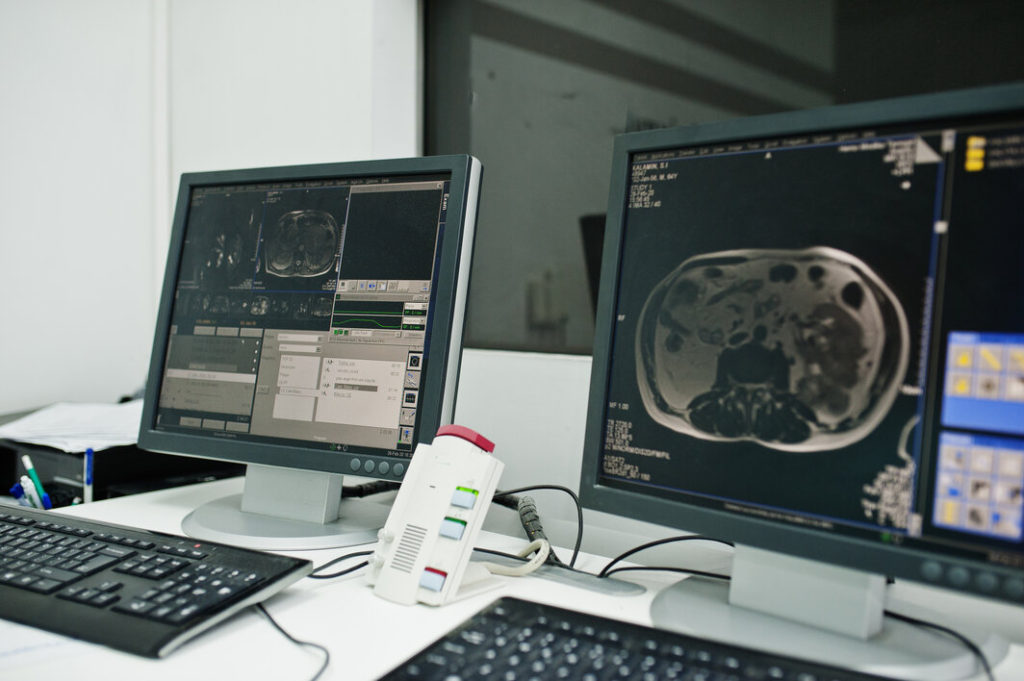
The world of technology is constantly evolving. That means what you may buy today, could be in need of an upgrade tomorrow. Evolution of technology is something all hospitals and radiologists try to keep up with regularly. It is also one of the primary considerations that hospitals and clinics have to decide when to replace or upgrade their equipment. When the budget becomes tighter, that means many firms have to decide whether their existing equipment is negatively affecting outcomes or not.
One of the most important parts of medical imaging equipment that is often overlooked is the diagnostic monitors that are used for x-rays, MRI machines, mammography systems, or other radiology equipment. While most hospitals and other facilities focus on other parts of their equipment, what they fail to realize is that upgrading their current diagnostic monitors is one of the most cost-efficient ways to extend the life of some radiology equipment and improve the overall results of medical imaging.
Some of the most common updates on diagnostic monitors include:
• Using newer technologies.
A simple upgrade that can be made is by implementing newer LCD monitors or LED monitors that are used for smaller computers.
• Changes in the format of image viewing.
You may utilize larger monitors or widescreen monitors for better viewing angles and more coverage for diagnosis.
• Connectivity.
Instead of the regular VGA, digital formats such as HDMI or DVI-D can be utilized.
• Standard of brightness.
Generally speaking, monitors that are used for diagnosis should meet a maximum brightness of 350 cd/m, whereas monitors used for mammograms should be around 420 cd/m. For other monitors used, the maximum brightness used should begin at 250 cd/m.
When the guidelines for updating diagnostic monitors were first introduced, the requirements for updated standards that need to be implemented for regular use weren’t planned. After many years, the updated standards were introduced, which means there are still only a few organizations that have implemented the upgrades on diagnostic display.
So why upgrade now?
There can be various reasons to upgrade your diagnostic monitors that can be beneficial to your facility in particular. However, a few of the more common reasons for updating diagnostic monitors include:
• There are a variety of newer monitors available in the market that are less expensive and have more capabilities than the more commonly used monitors.
• Monitors that are updated to the required standards have a better chance of producing more clarity in images which in turn can result in technologists being able to interpret results of patients better which can improve the quality of the medical practices.
• Most monitors can now be used with different pieces of medical imaging equipment.
We at Amber USA encourage you to consider the specifications of your imaging equipment to see if your systems meet the required standards.
If you are looking to obtain further information regarding your medical imaging equipment, don’t hesitate to contact us directly. We also issue a variety of used and refurbished medical imaging equipment such as used bone density machine, x-ray machines, CT scanners, and many more systems to your preference! Contact us now for inquiries!